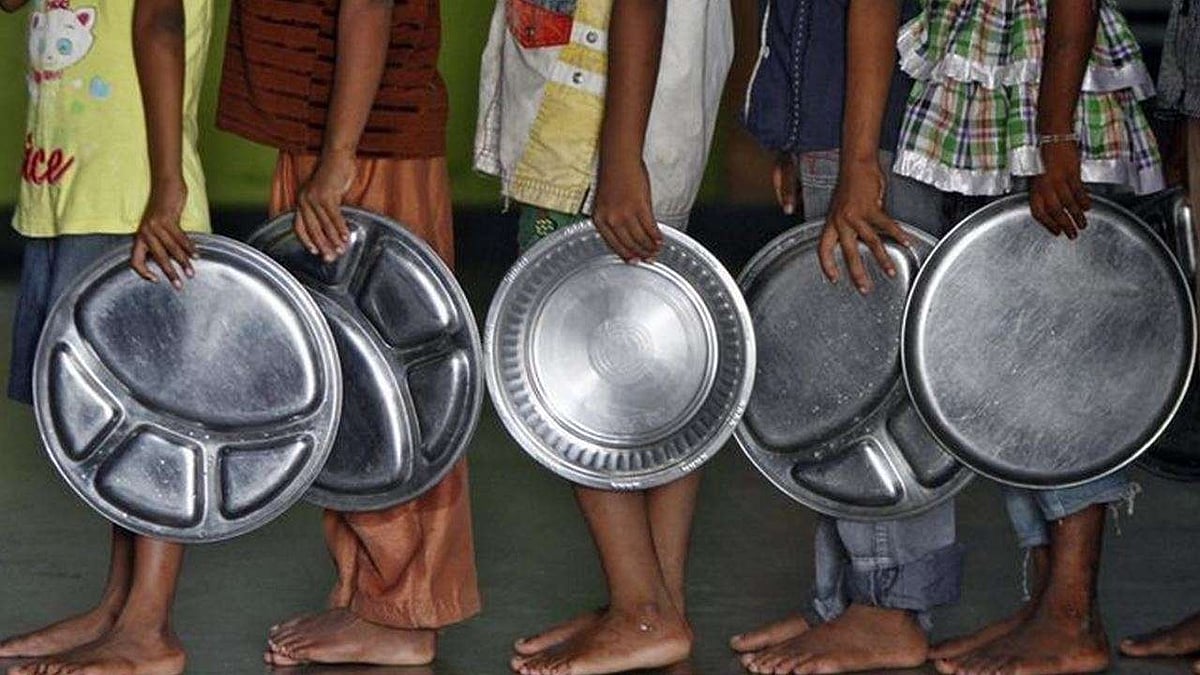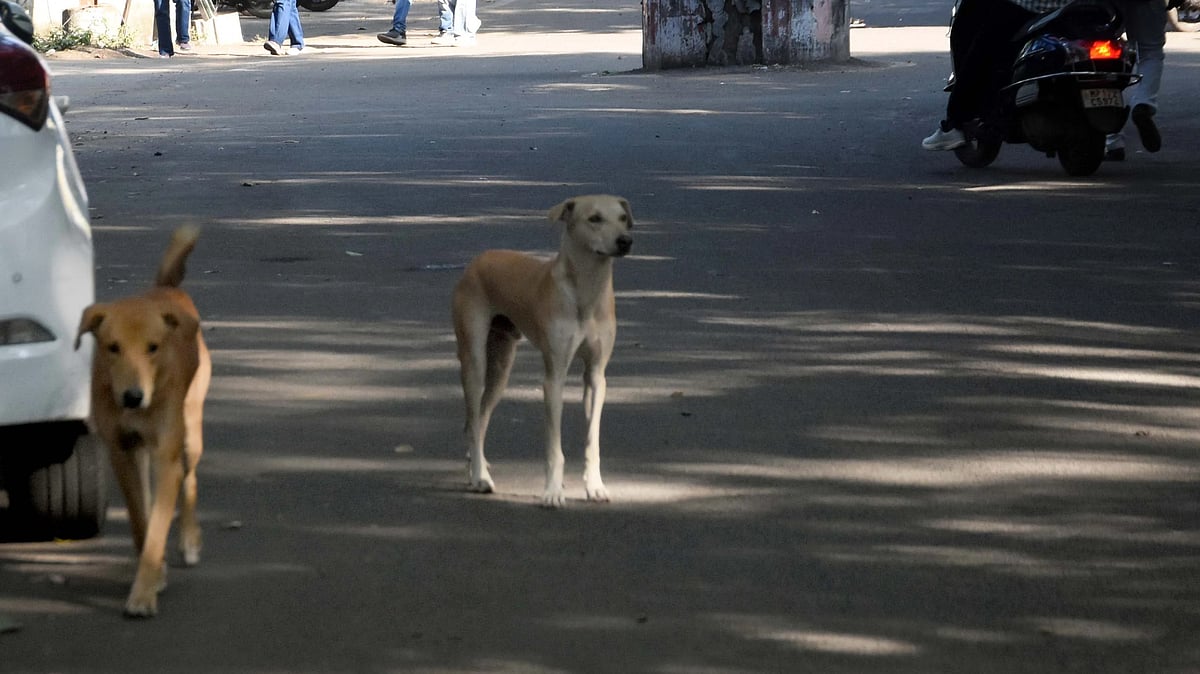India has joined some of the poorest and most backward nations on earth, sliding to the 101st rank – out of the 116 countries covered – in the Global Hunger Index (GHI) for 2021. Its position is even worse than the 2020 performance, when it ranked 94. Only 15 countries, including countries like Haiti, Yemen and Somalia (ranked last at 116), which have all battled years of strife, have done worse than India this year. In the South Asian region or amongst the SAARC grouping, only Afghanistan, ranked two notches behind India, has done worse than India. All our other neighbours have done much better.
The report, prepared jointly by Irish aid agency Concern Worldwide and German organisation Welthungerhilfe, calculates the GHI score on four indicators -- undernourishment; child wasting (the share of children under the age of five who have low body weight for their height, reflecting acute undernutrition); child stunting (children under the age of five who have low height for their age, reflecting chronic undernutrition) and child mortality (the mortality rate of children under the age of five).
India has fared particularly badly in the ‘child wasting’ category, with the child wasting percentage increasing from 17.1 per cent between 1998-2002 to 17.3 per cent between 2016-2020, according to the report. This makes India the worst performer among the countries studied. While the report termed the hunger situation in India as ‘alarming’, it must be noted that on the other three parameters, though, there have been some improvements. Overall, India’s overall GHI score is 27.5, putting it in the ‘serious’ category. In the 100-point GHI scale, a zero score equals no hunger at all among a people. Countries scoring 9.9 or less are classified as low severity. A score between 10 and 19.9 is moderate severity, 20 to 34.9 is serious, and a score of 35 or more is considered ‘alarming’.
The GHI is at best a tool to understand the severity of the problem of hunger – India euphemistically (and somewhat misleadingly) prefers to call this malnutrition. The ruling dispensation has been quick to seize on such global studies and rankings where it reflects positively on the country, such as the now suspended Ease of Doing Business rankings. But it has been equally quick to condemn anything which reflects poorly on its governance delivery.
Last year, Agriculture Minister Narendra Singh Tomar, in a written reply to a question, had claimed that India had improved its performance between 2019 and 2020, going from 102 out of 117 in 2019 to 94 out of 107 in 2020. However, in a debate in Parliament, his deputy, Minister of State for Agriculture Parshottam Rupala had questioned the methodology, data sources and sample size of the study and had alleged that the NGOs had gone so far as to count healthy children as malnourished in order to undermine India’s ranking.
While no official response has emerged to the latest rankings, it would not be surprising if the government plays true to past form and tries to pass off this humiliating ranking as yet another conspiracy to malign India’s greatness. That could be singularly unfortunate. While there are admittedly gaps in the methodology used, and that significant variations in data and samples from year to year make these rankings non-comparable across years, the important thing is to internalise the right takeaways from the study, rather than facilely dub this as yet another anti-national conspiracy.
The takeaway is this: despite the significant progress made over the years, India still has a problem with both endemic hunger and malnutrition. One can argue with the GHI finding that over 15 per cent of the population is undernourished or whether 34 per cent of children under five years of age are stunted but the difference is at best in fractions – even the Comprehensive National Nutrition Survey of 2016 found that over 34 per cent of children were stunted. This also points to substantial policy gaps where India’s existing food security and nutrition support programmes are either not reaching the intended target or are seriously undercovering the population which needs assistance.
While India’s food security programme – underpinned by the Public Distribution System or ‘rations’ – is focused on cereals and caloric intake, it has ignored the nutritional aspects of diet, as well as diversity in diet. Our policies have consistently tended to ignore the role played by equity – or rather the lack of it, tending to perpetuate, rather than eradicate gender and caste-related inequality.
Both wasting and stunting are directly related to poverty and lack of access to quality food, particularly during the critical first three years of a child’s life, which leads to lifelong impact on their development. The government needs to realise that having made the right to food a basic right, it is beholden to deliver on that promise. This means not just delivering basic, empty calories, but ensuring that every Indian enjoys access to a basic, nutritious and balanced diet. Without achieving this goal, aiming for economic superpower status is meaningless.









